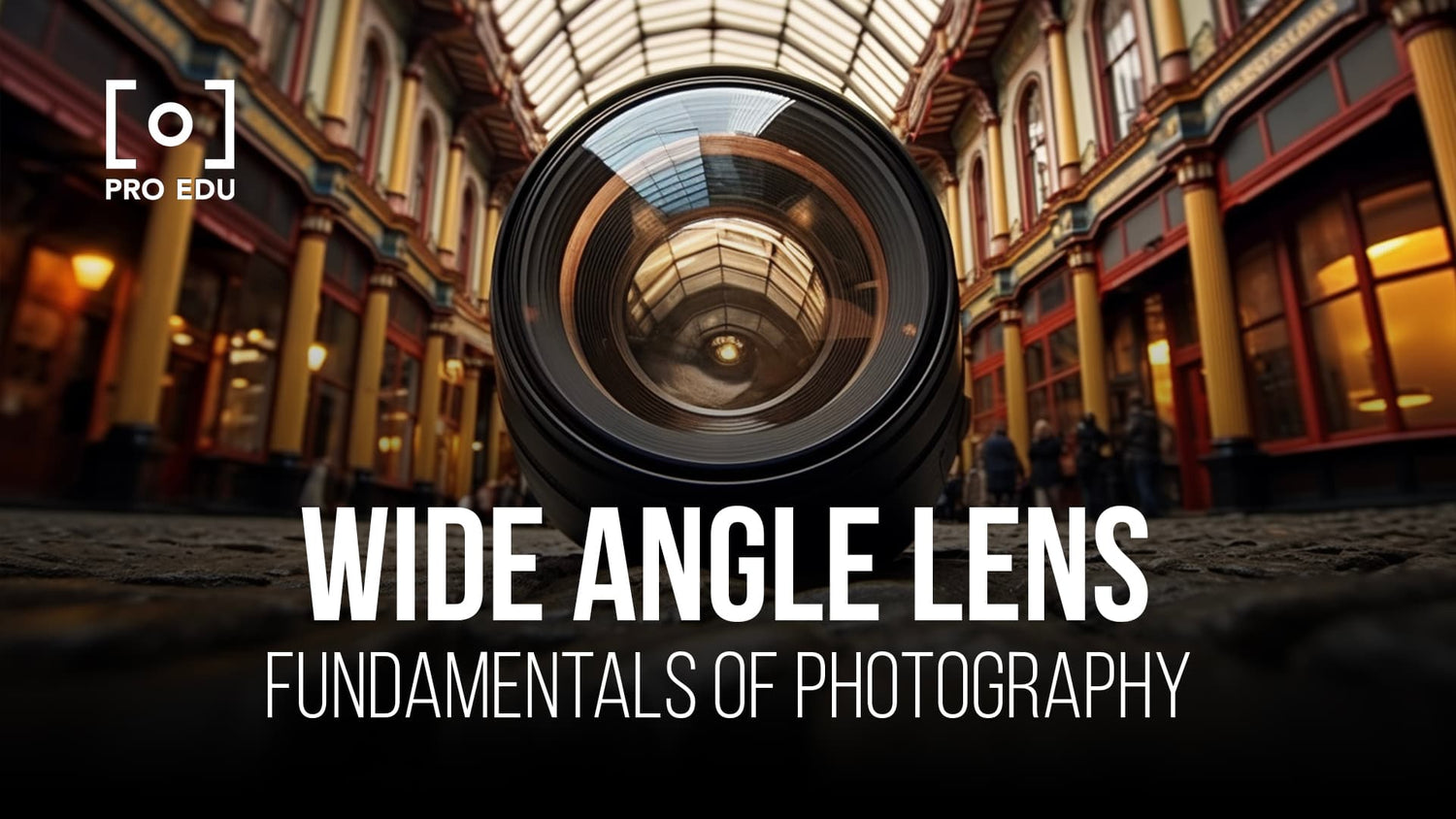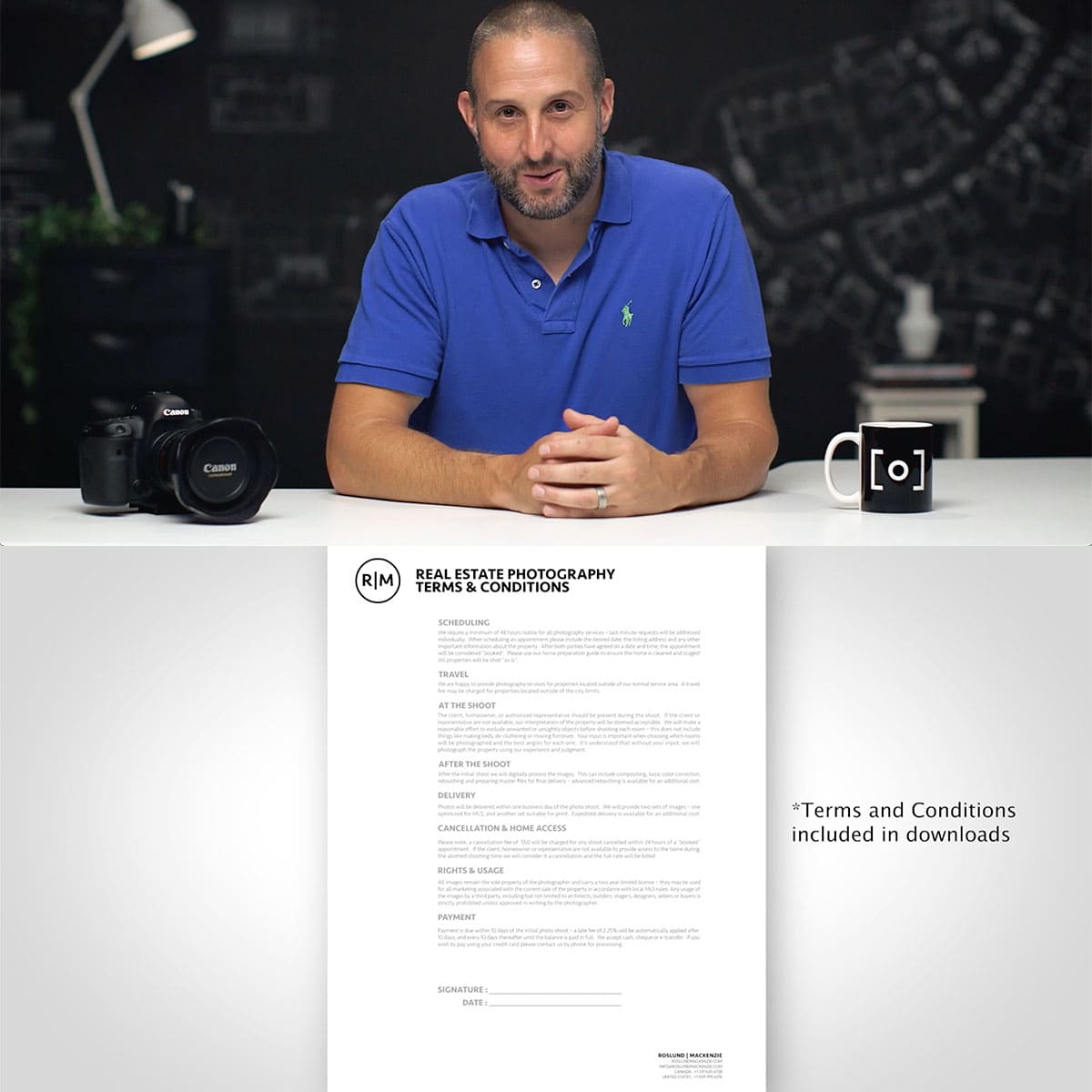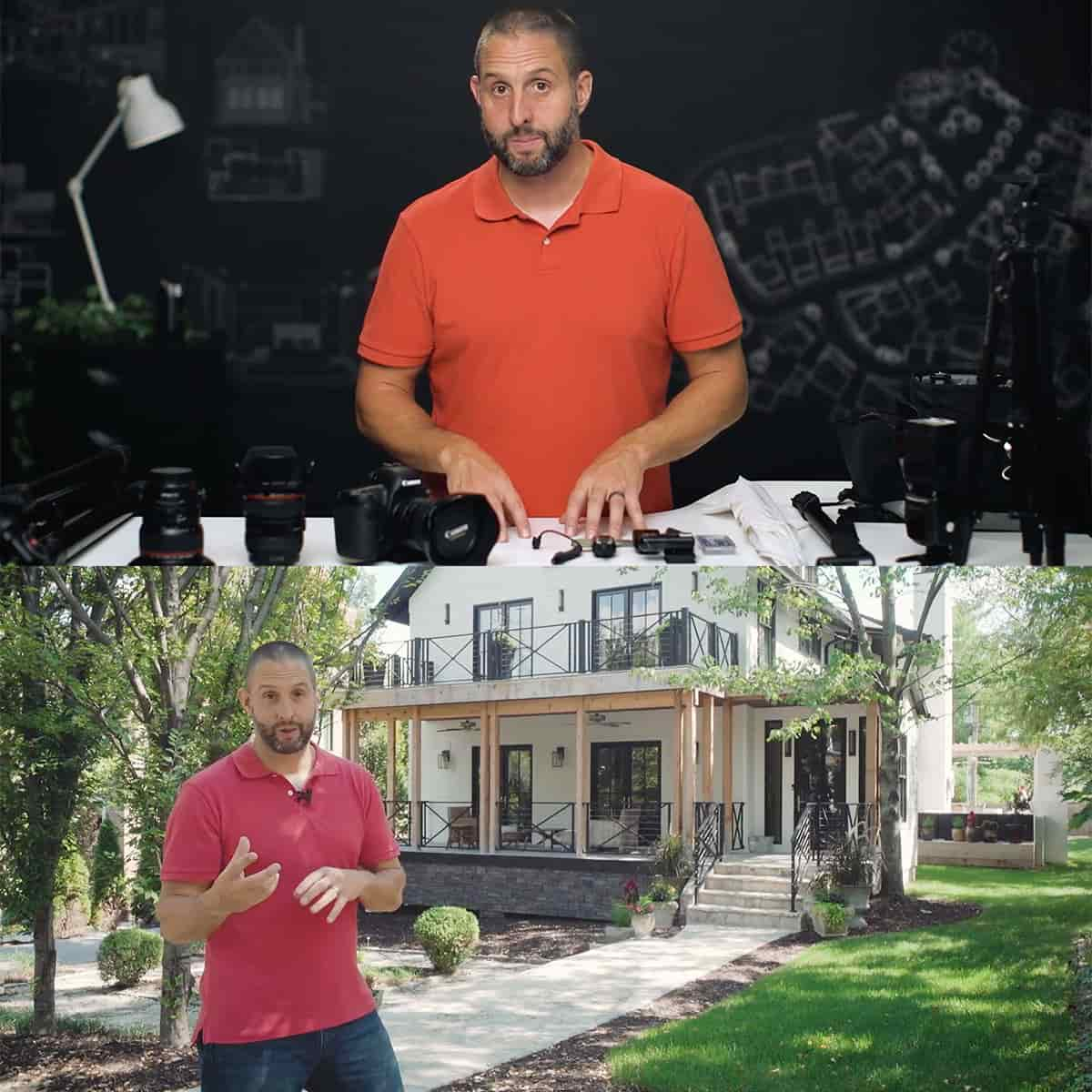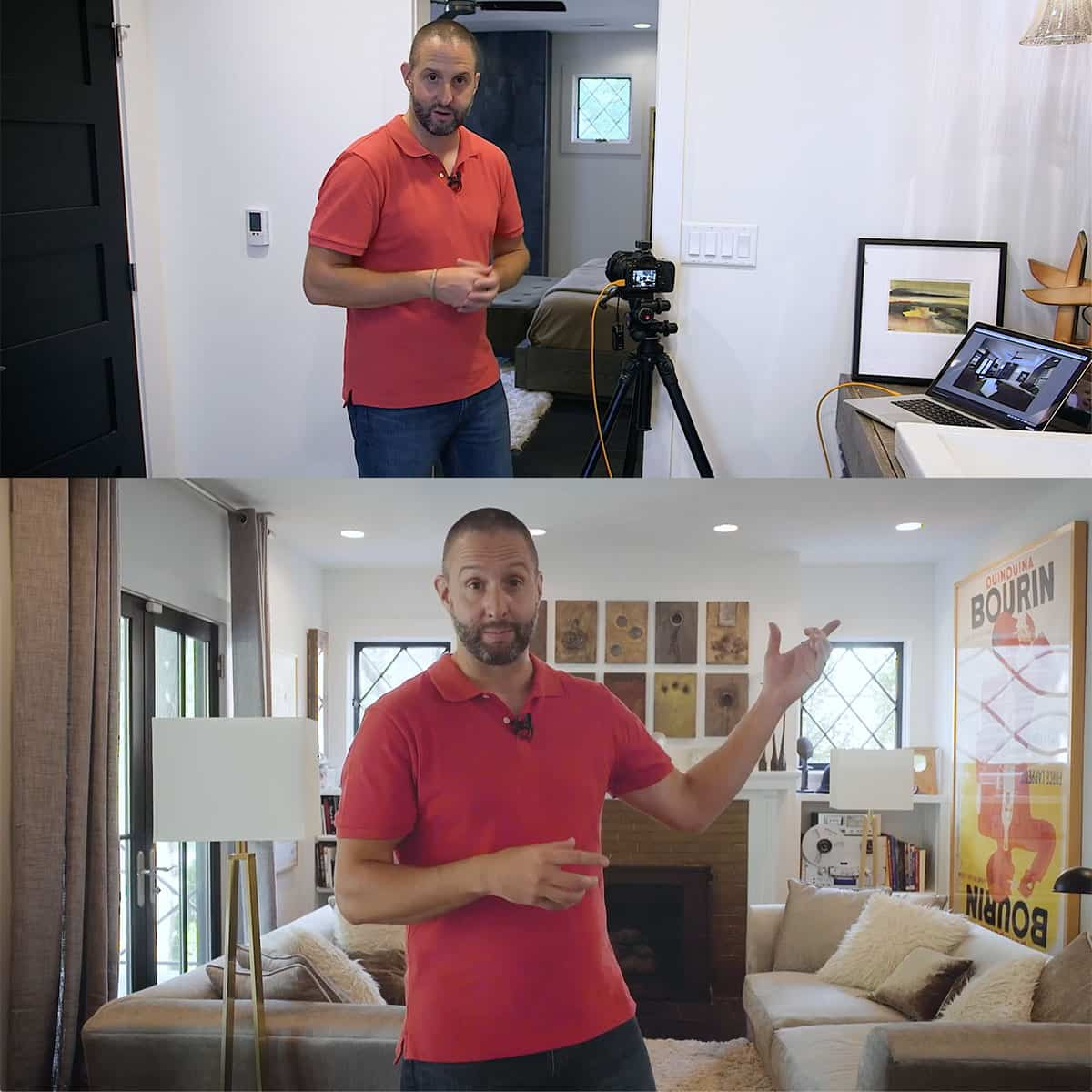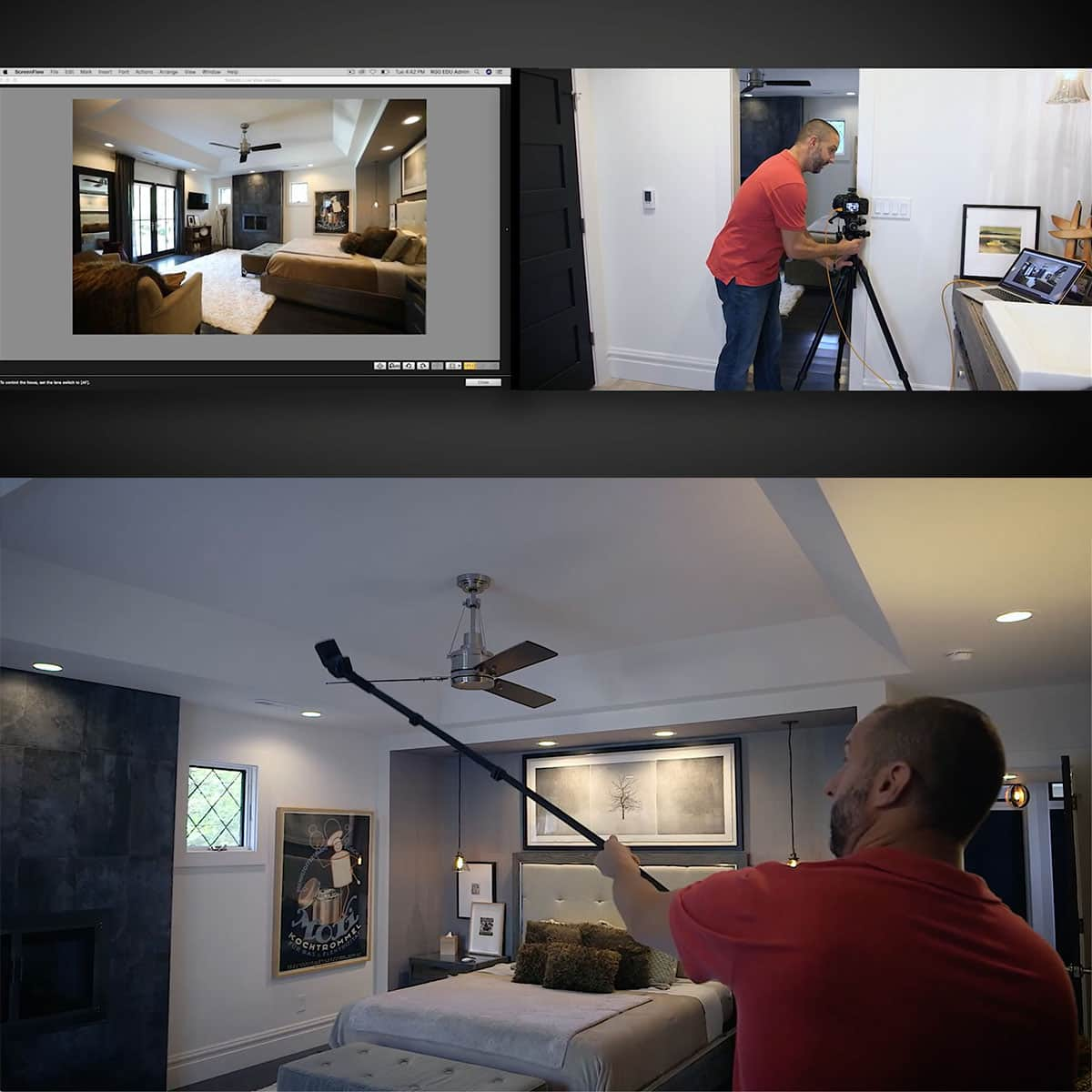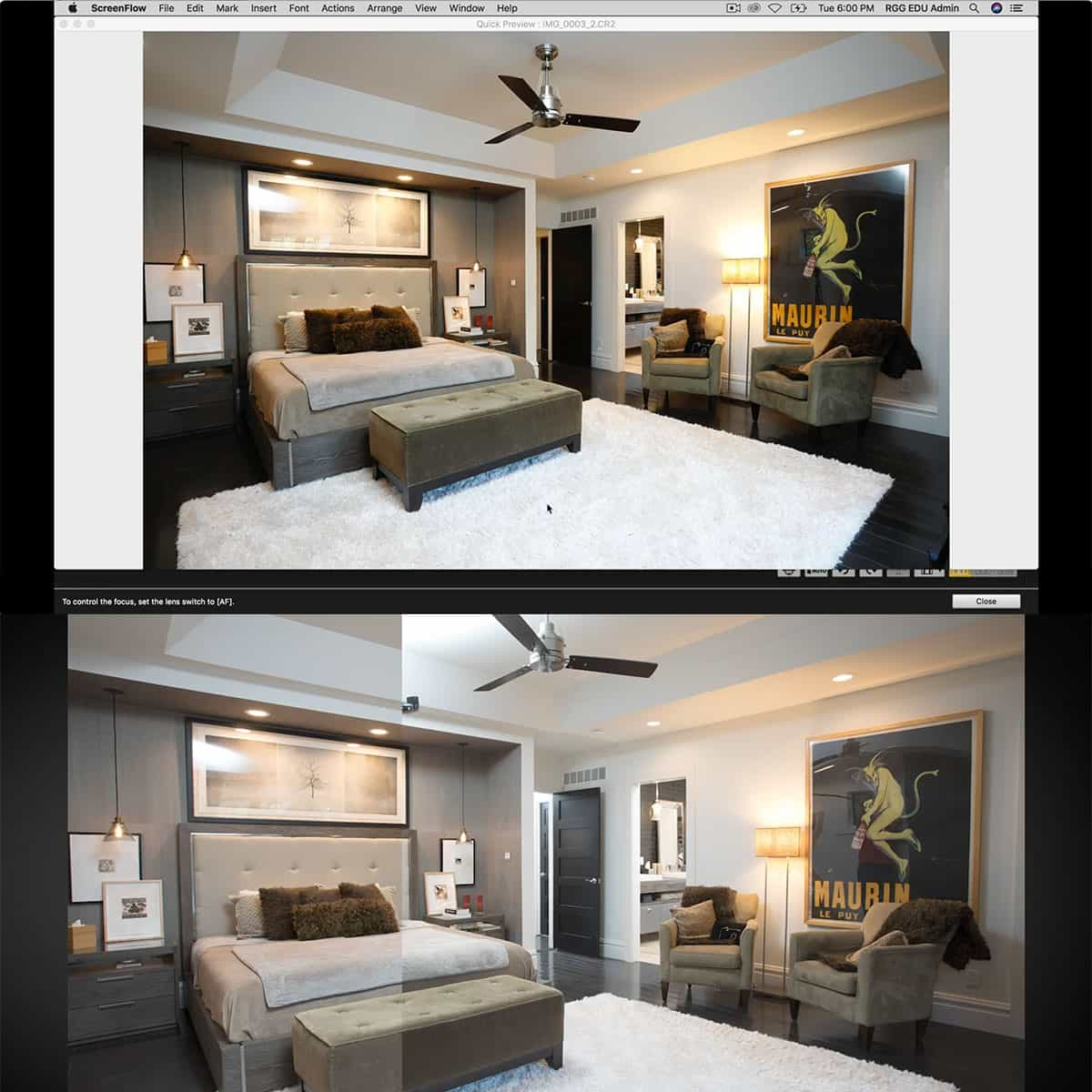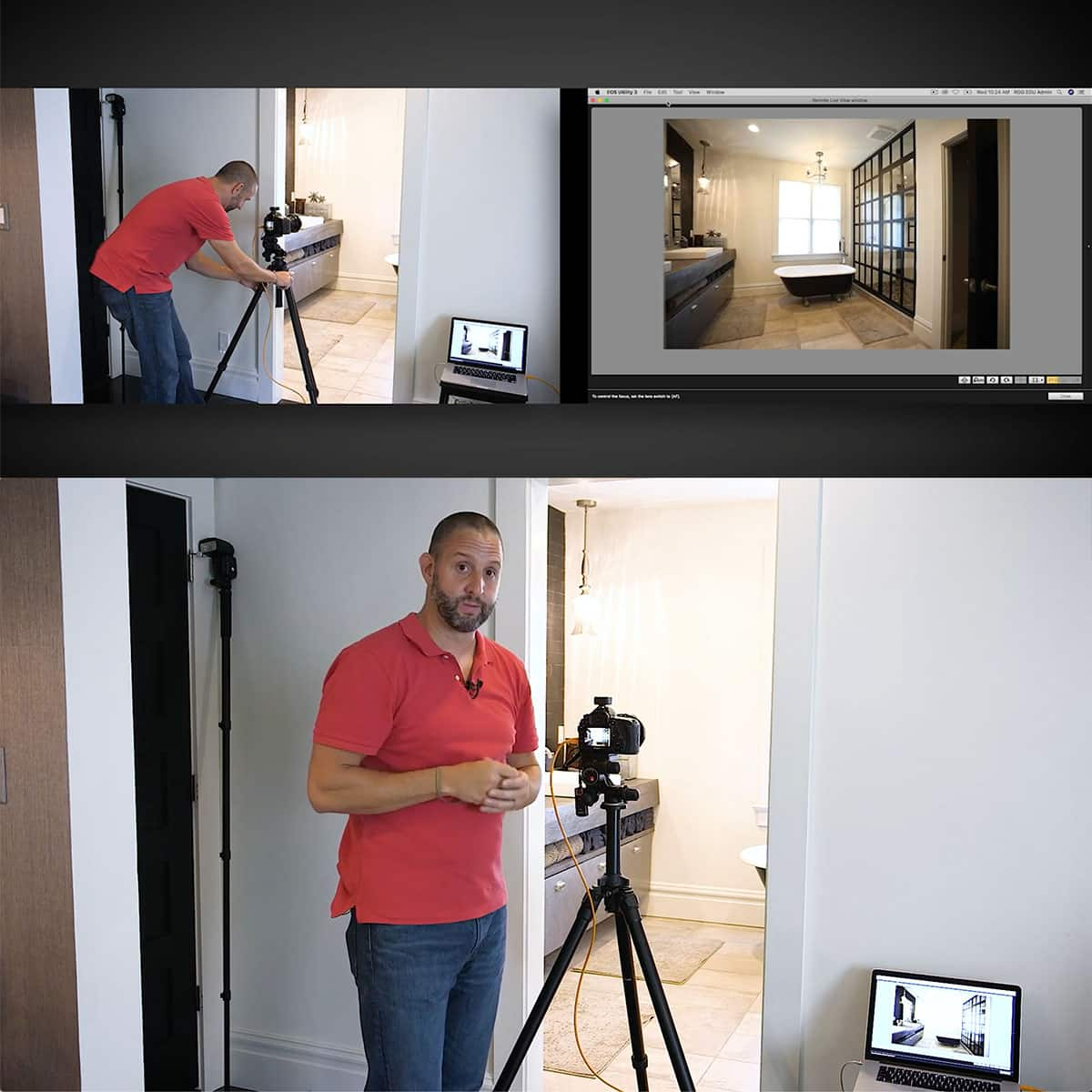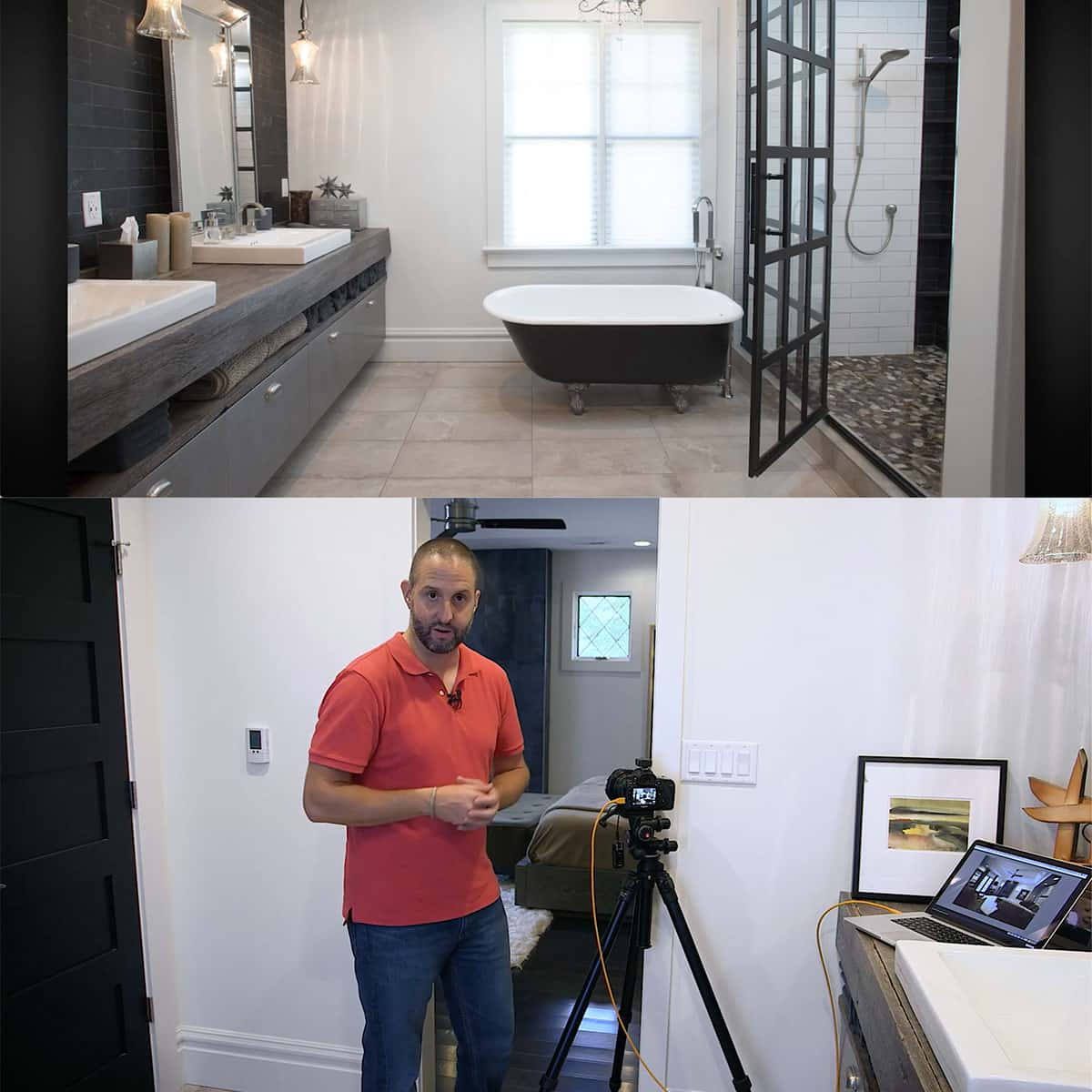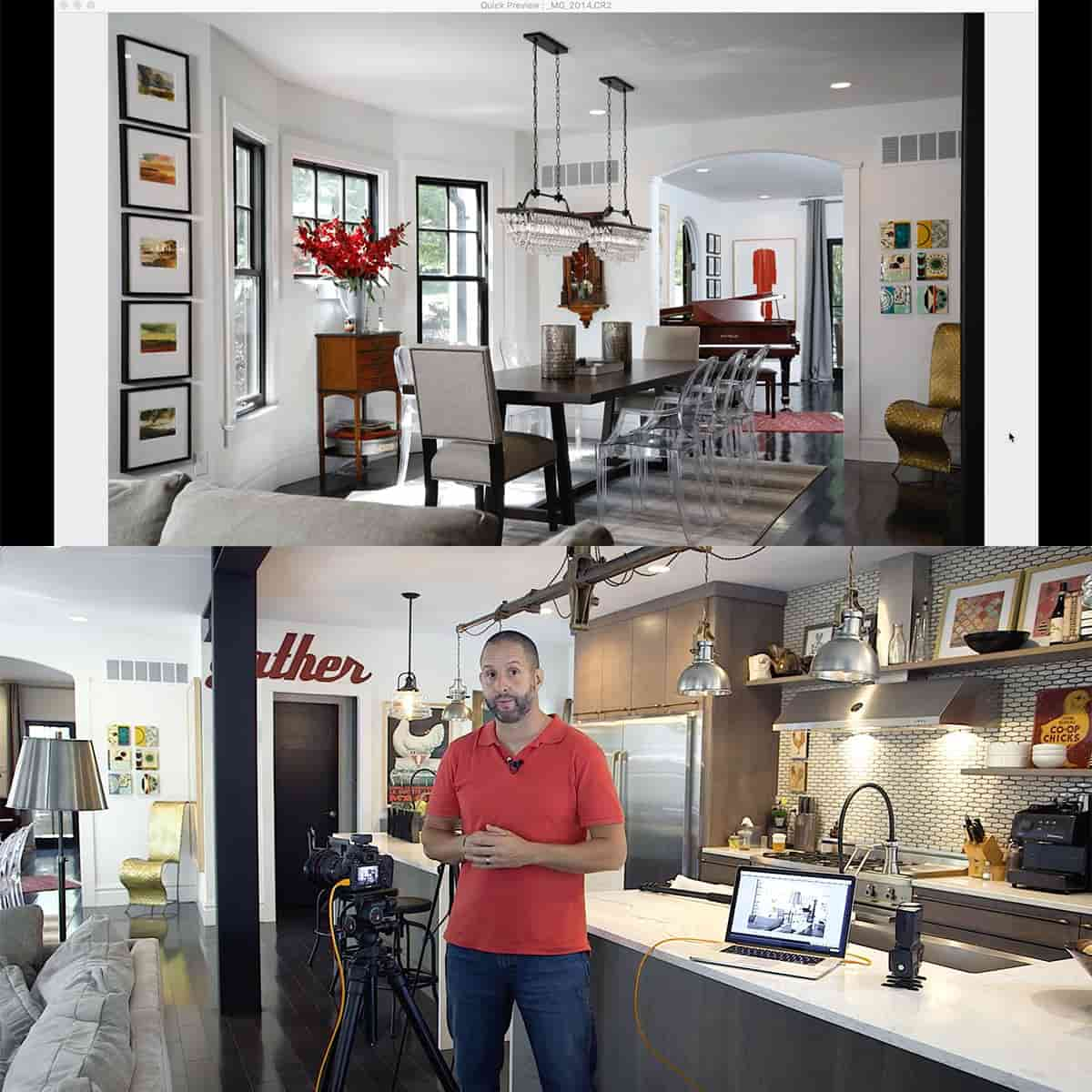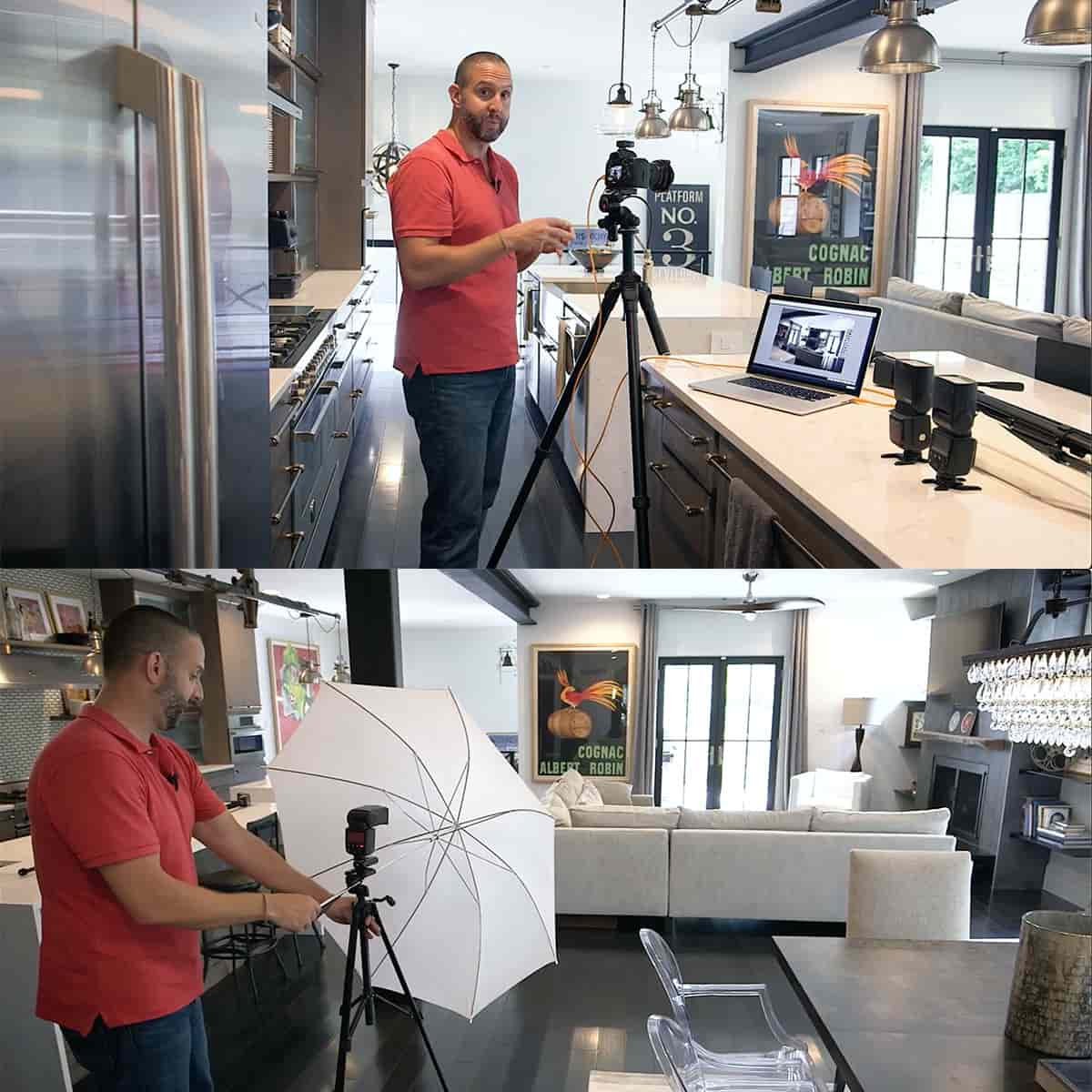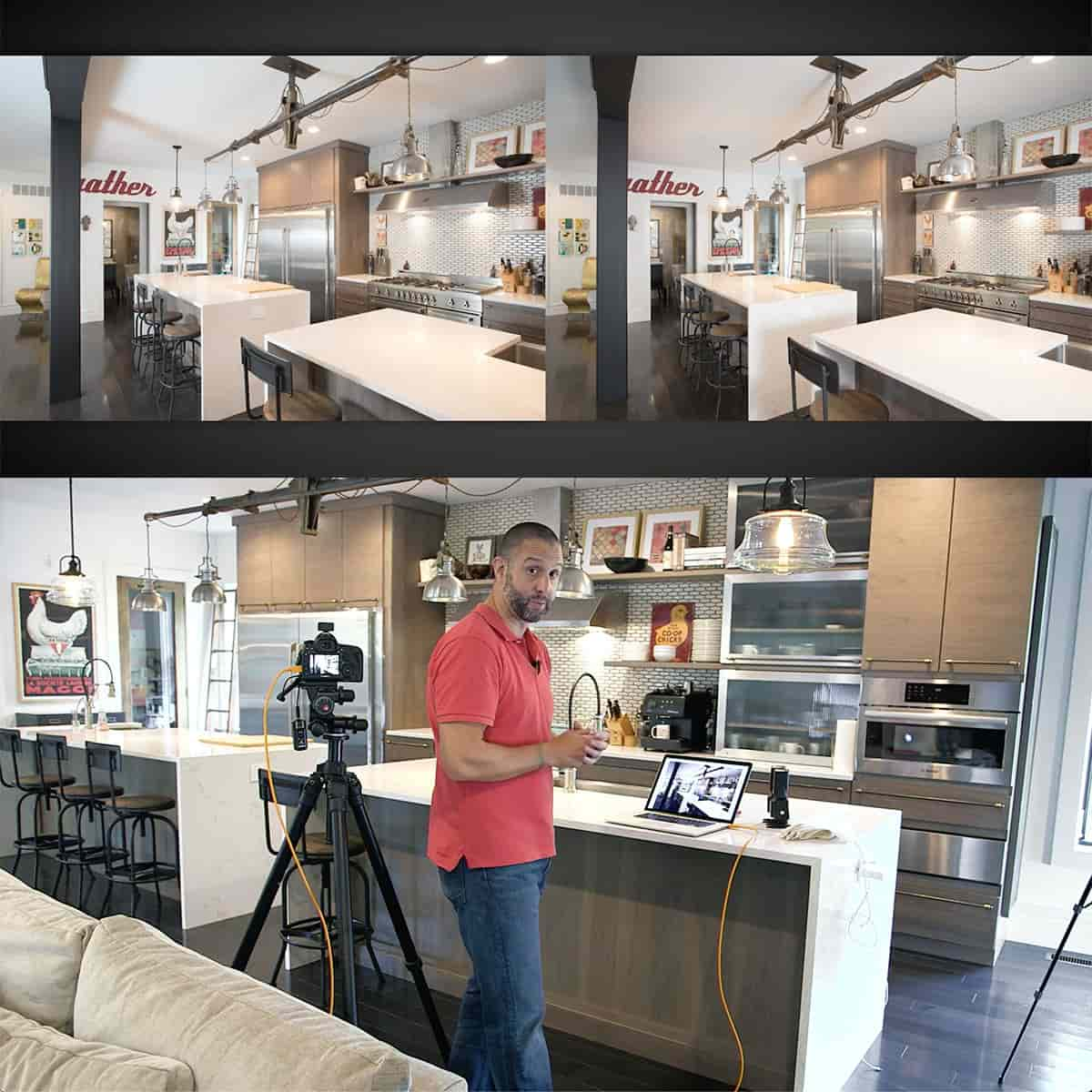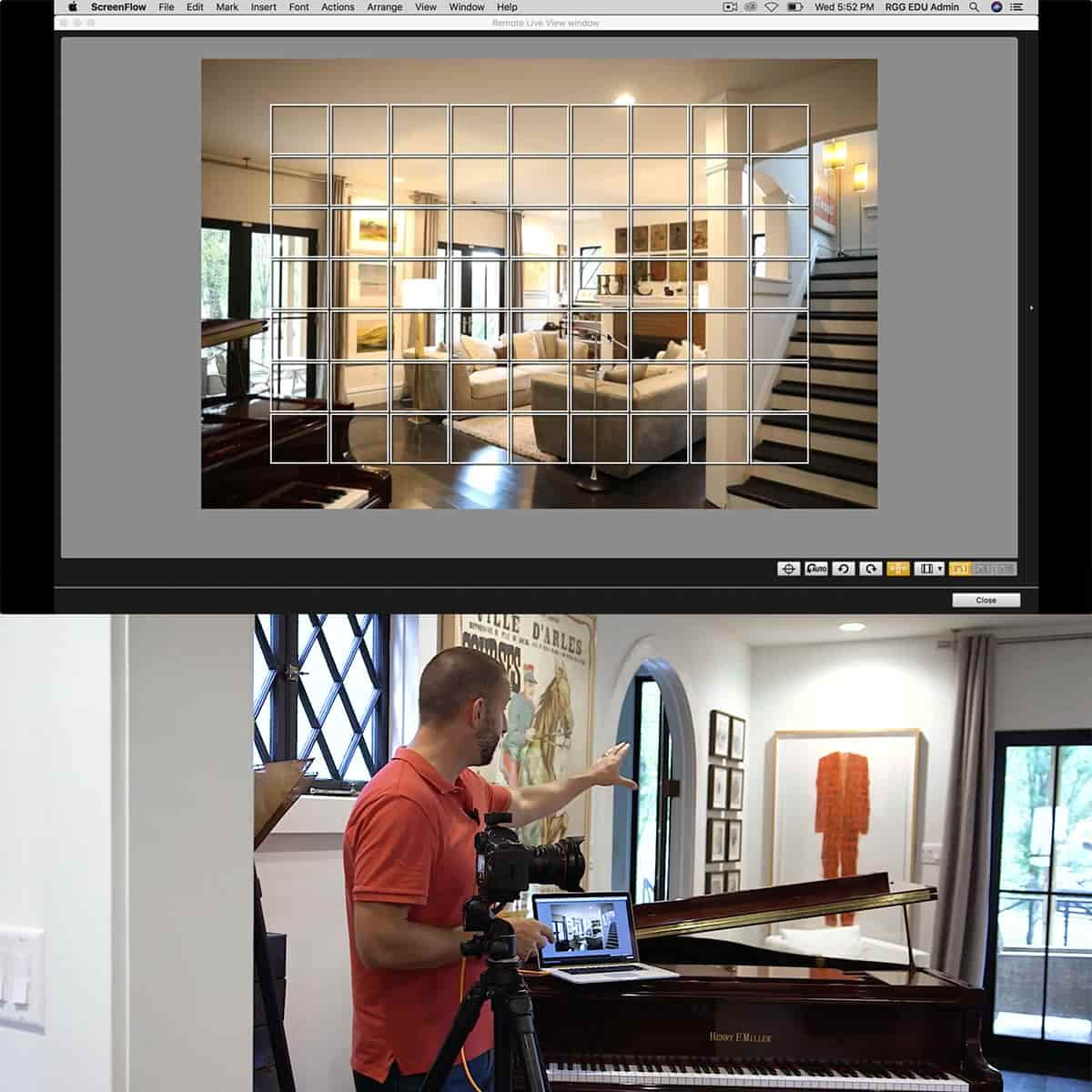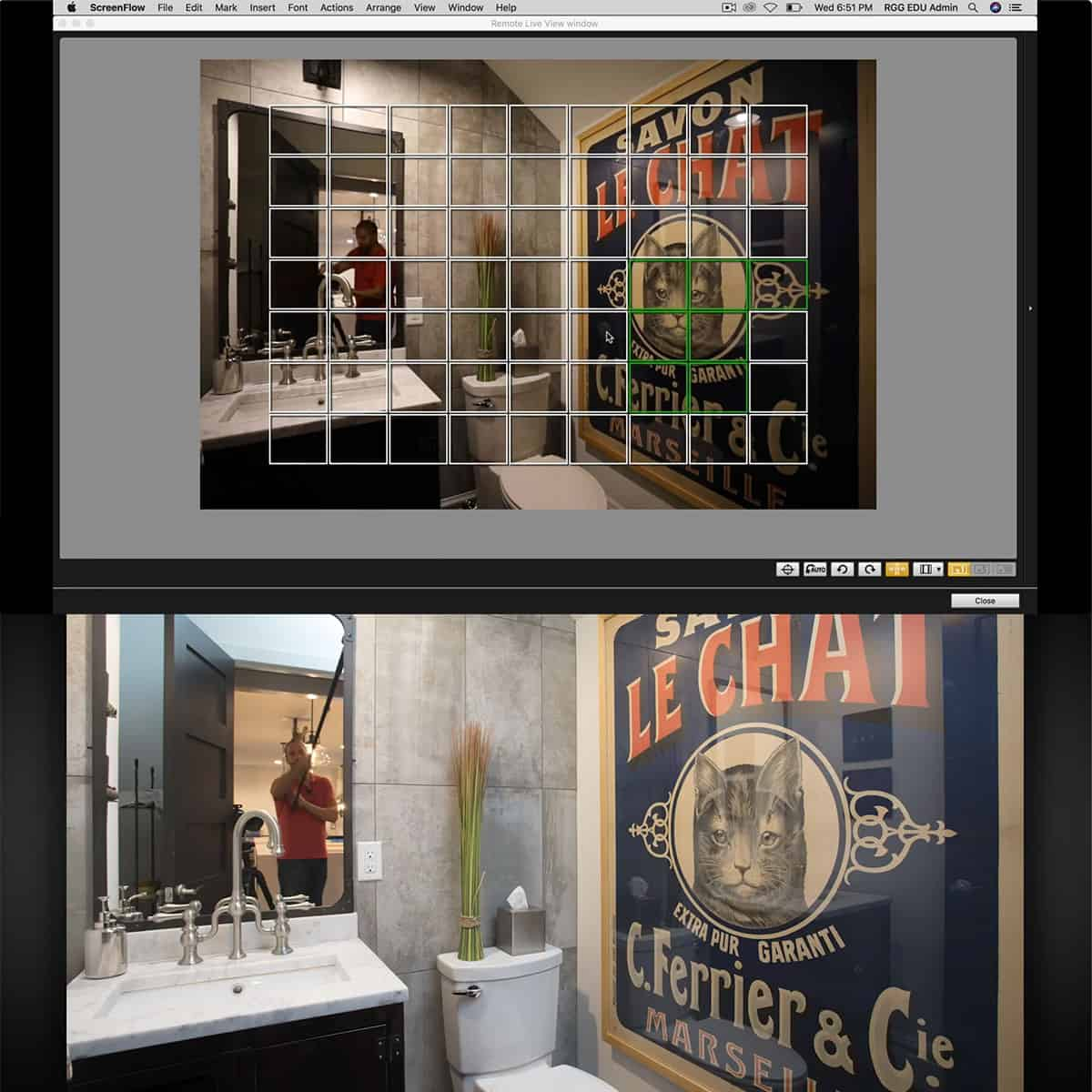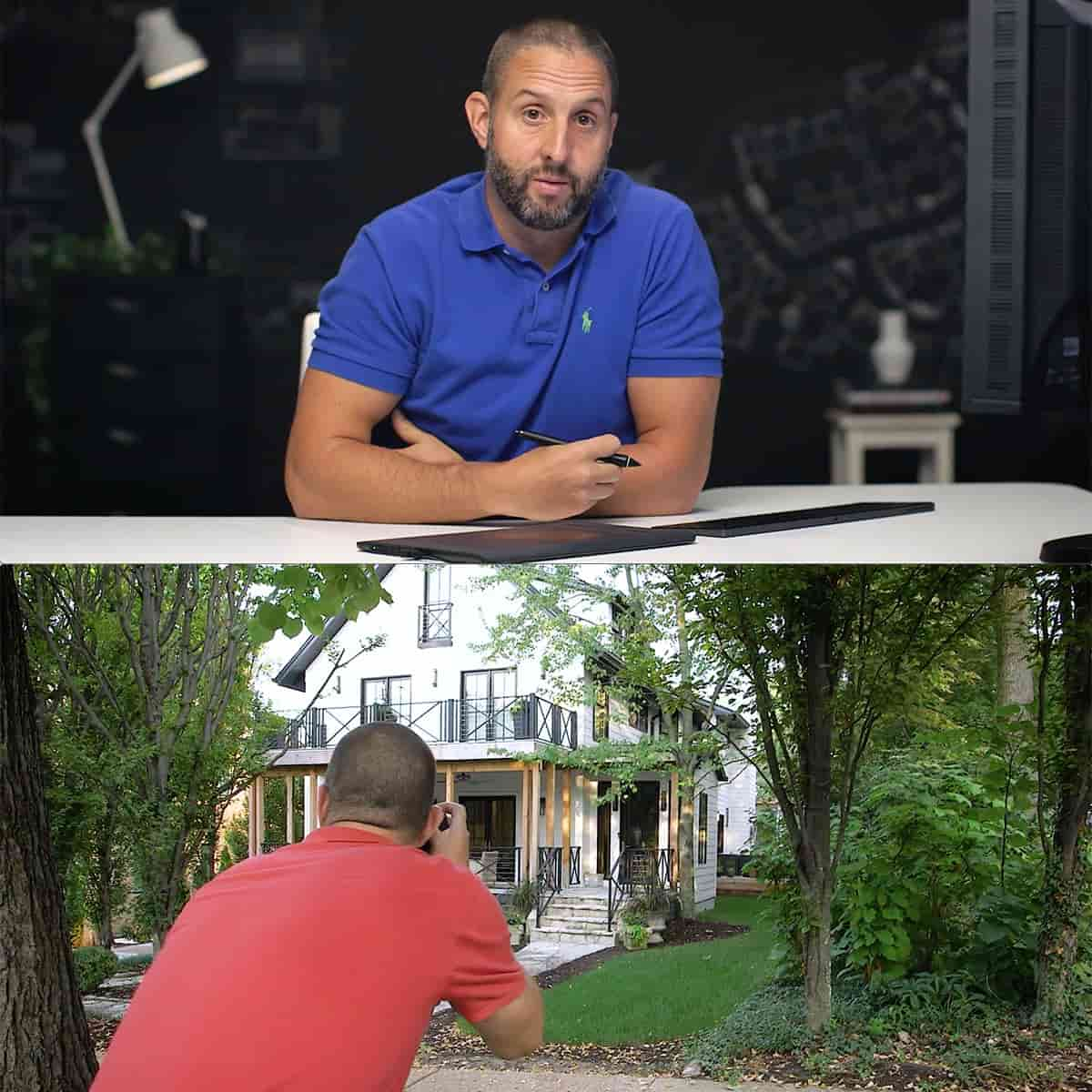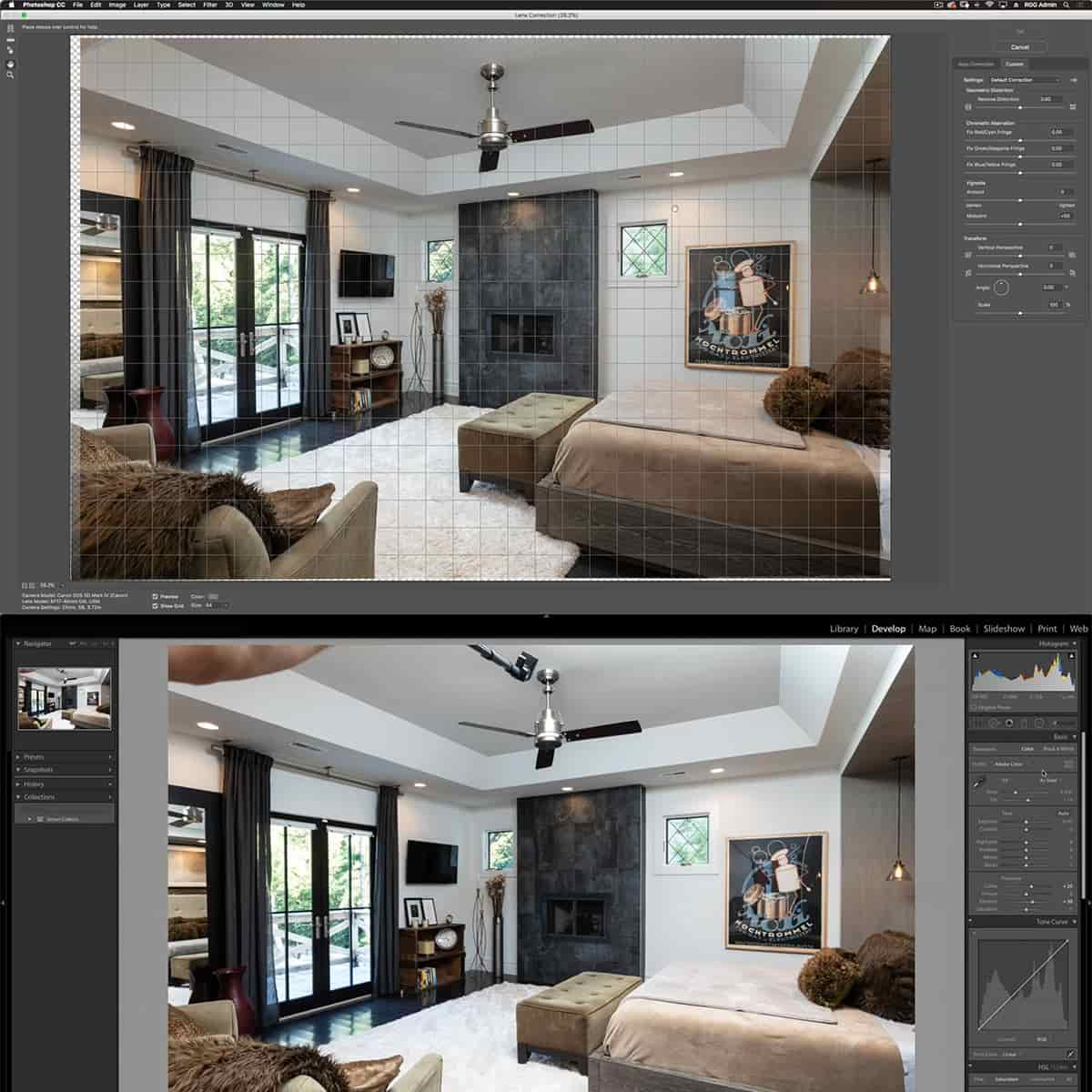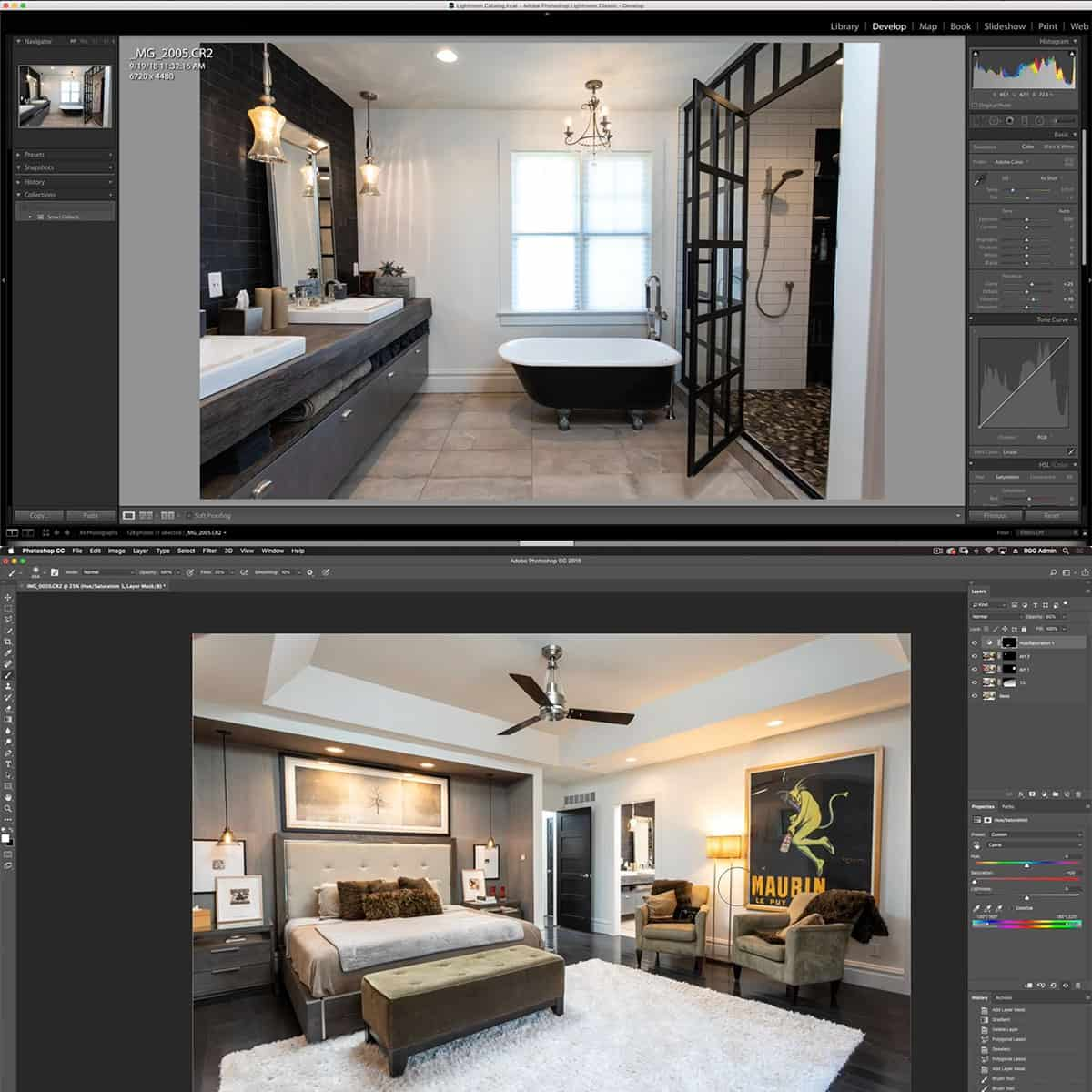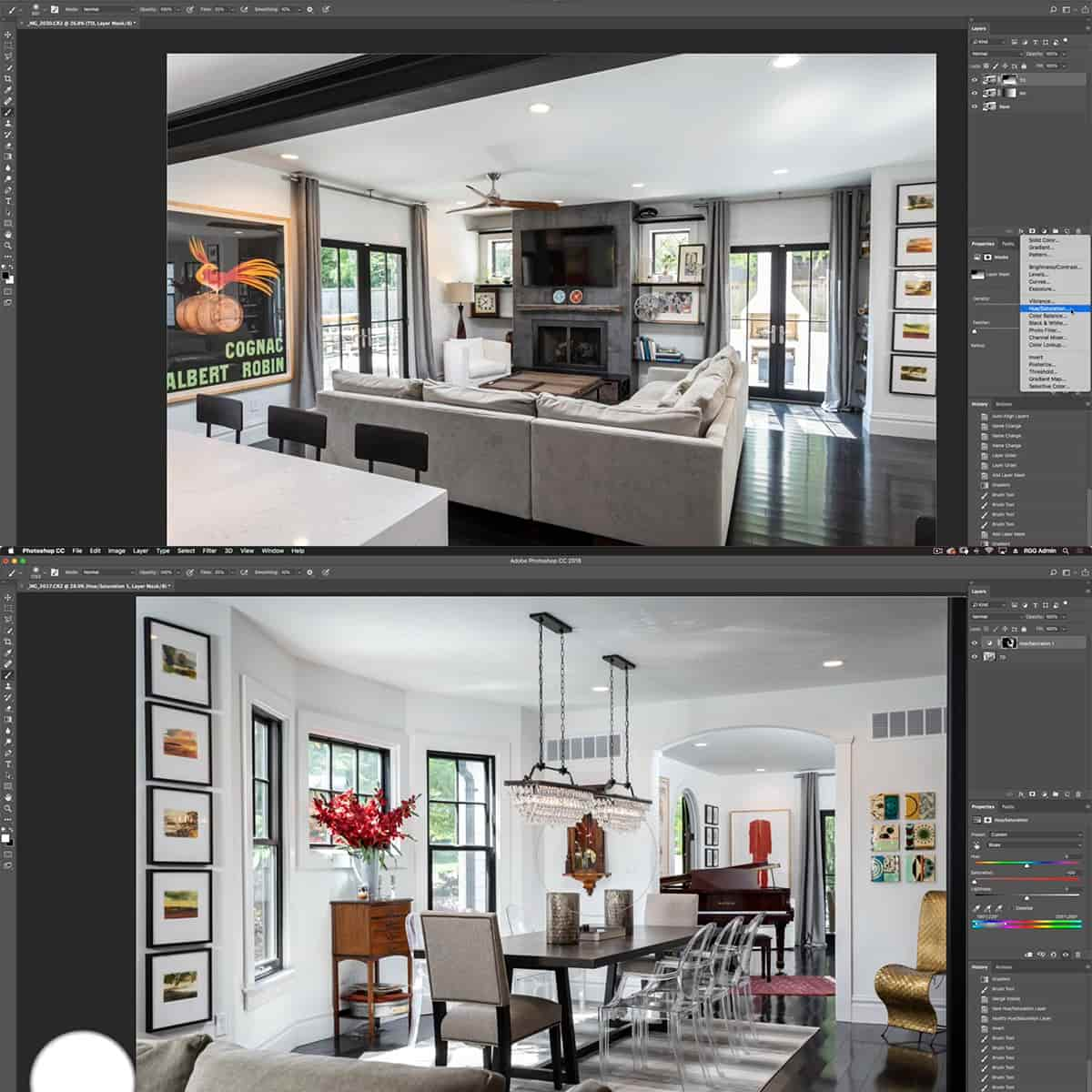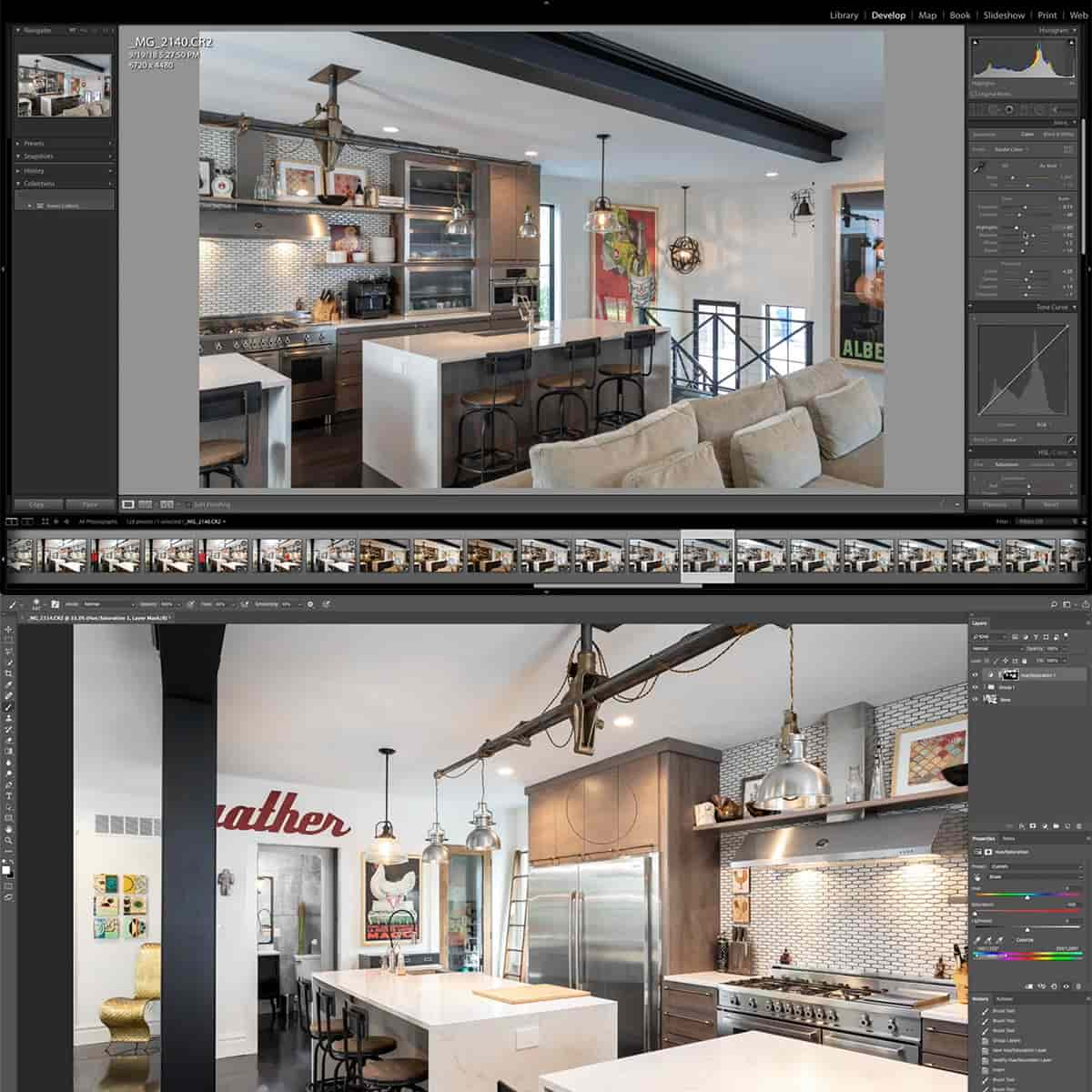Wide Angle Lens: Tips for Mastering Expansive Landscape Photography
Wide-angle lenses are an indispensable tool in the photographer’s kit, designed to offer a broad view of the world, capturing more of the scene in a single frame than standard lenses. By providing a more expansive field of view, these lenses allow us to include more of the landscape, architecture, or interior space we are photographing.
This characteristic makes them particularly valuable for creating images that are rich in context and detail, whether it's the vastness of a natural scene or the full story of a bustling street corner.
Embracing the use of wide-angle lenses can significantly alter the way we approach photography. The exaggerated perspective and increased depth of field afforded by a wide-angle lens can enhance compositions, giving them a sense of presence and drama.
However, understanding how to use these lenses effectively requires us to consider composition, lens distortion, and the spatial relationships within the frame. When we master these elements, wide-angle lenses become powerful tools to convey a sense of space and depth, rendering images with dynamism and a unique viewpoint.
Key Takeaways
- Wide-angle lenses expand our photographic frame, allowing the capture of extensive scenes.
- Mastering these lenses enhances image composition and perspective.
- Effective use of wide-angle lenses involves managing distortion and spatial relationships.
Understanding Wide Angle Lenses
In this section, we'll zero in on what makes wide-angle lenses unique and discuss the various types available to photographers.
Essential Characteristics
Wide-angle lenses are defined by their short focal length and broad field of view. Typically, these lenses have a focal length of less than 35mm on a full-frame camera, allowing us to capture more of the scene in a single shot compared to standard lenses. A key advantage is their ability to convey a sense of depth and spaciousness, especially useful in landscape and architectural photography.
A notable effect of wide-angle lenses is distortion, where straight lines near the edges of the frame can appear curved. This is more pronounced in fisheye lenses, which can have a field of view greater than 180 degrees and produce highly distorted, spherical images. On the other hand, rectilinear lenses are designed to minimize this effect, keeping straight lines generally straight.
Types of Wide-Angle Lenses
-
Prime lenses: These lenses have a fixed focal length and often offer superior sharpness and aperture sizes. Prime wide-angle lenses allow us to capture high-quality images with excellent low-light performance.
-
Zoom lenses: Offering versatility, zoom wide-angle lenses let us adjust the focal length within a certain range. They are ideal for photographers who need flexibility and want to switch between different angles without changing lenses.
-
Fisheye lenses: Known for their extreme wide angles and strong visual distortion, fisheye lenses are a specialized type that can create a full 180-degree panoramic image or more.
-
Rectilinear lenses: These are designed to reduce the distortion common in wide-angle lenses, making them a go-to choice when straight lines and accurate perspectives are critical.
By understanding these characteristics and lens types, we empower ourselves to select the right wide-angle lens for the job, ensuring our photos achieve the impact and composition we desire.
The Art of Wide Angle Photography
When we use a wide-angle lens, we have the opportunity to create compositions that can convey a sense of scale, depth, and context that's hard to replicate with other lens types. Our challenge lies in mastering this tool to benefit fully from its unique qualities.
Compositional Techniques
Wide-angle lenses allow us to include more of the scene in our frame, making composition key to creating a compelling photograph. We strategically place foreground elements to lead the viewer’s eye into the photo, creating depth and interest. It's vital to be purposeful with what we include in the frame as the wide-angle lens will capture a generous expanse of the scene.
- Rule of Thirds: By dividing our image using two horizontal and two vertical lines, we place key elements along these lines or at their intersections for a balanced composition.
- Leading Lines: We use natural lines within our environment, such as roads or rivers, to draw attention into the image and guide the eye towards the subject.
Leveraging Perspective
We often use wide-angle lenses to manipulate perspective, making close subjects appear larger and more prominent while diminishing the size of objects further away. This technique, known as forced perspective, can create a powerful narrative or exaggeration in our photographs. By adjusting our position and the angle of the lens, we control the viewer's perception of scale and spatial relationships within the photo.
- Camera Angle: A low angle shot can amplify the stature of a subject, imbuing it with a sense of grandeur.
- Spatial Relationships: By leveraging the intrinsic properties of wide-angle lenses, we can emphasize the context of a subject within its environment.
Managing Distortions
One characteristic challenge of wide-angle photography is wide-angle distortion. While often creative and desired, distortion can distract if not managed properly.
- Barrel Distortion: Spherical aberration where image edges bulge outwards; commonly seen in cheaper wide-angle lenses.
- Corrective Techniques: We might apply in-camera corrections or post-processing to rectify distortions, ensuring lines that should be straight don't curve.
By being mindful of where we position our subjects in the frame, especially avoiding the edges where distortion is most pronounced, we make deliberate decisions about the final image. With practice and awareness, we exploit these distortions to our creative advantage, rather than falling victim to them.
Practical Aspects of Wide Angle Use
When we discuss wide angle lenses, we're focusing on their ability to capture expansive fields of view, their compatibility with various camera systems, and the considerations necessary for choosing the right lens for a given scenario. From camera compatibility to lens selection, and even using filters, it's essential to understand how these factors impact our photography.
Camera Compatibility
Full-frame and APS-C bodies: Wide angle lenses exhibit different fields of view on these sensors. On a full-frame camera, you get the true wide-angle perspective, whereas on an APS-C sensor, there's a crop factor which narrows the field of view. For example, Canon and Nikon both have wide angle lenses designed specifically for their EOS R and RF mount systems, granting us remarkable image quality and wide fields of view. It's worth noting that RF mount lenses are specifically made for Canon's line of full-frame mirrorless cameras, offering us innovative optics and a variety of focal lengths for wide angle photography.
Lens Selection for Different Scenarios
- Landscapes: Seek lenses with shorter focal lengths, typically from 14mm to 35mm, for expansive shots.
- Architectural Photography: Choose lenses that minimize distortion, which is crucial for straight lines in the structures.
- Interior Photography: Look for lenses that have wider apertures for low-light performance.
Selecting the right lens for different scenarios should focus on the desired composition and the lens's ability to handle things like distortion and vignetting. Affordable options offer us the flexibility to experiment, but we must also consider the optical quality and potential for light falloff at the edges of the frame.
Using Filters with Wide Angles
Filters: Using filters such as polarizers or ND filters with wide angle lenses can enhance images, but we must be cautious of vignetting. Here's how we can effectively use filters with wide angle lenses:
- Choose Slim Filters: To reduce the chances of vignetting, we can opt for slimmer filter designs.
- Larger Filter Threads: Some wide-angle lenses accept larger filter threads, which can help us avoid darkening at the corners of the image.
We should always check the filter's compatibility with our lens to ensure it does not compromise the image quality or introduce unwanted vignetting.
Wide Angle Lenses in Various Photography Genres
Wide angle lenses are integral to our repertoire, allowing us to capture wide fields of view and add depth to our photographs. We utilize these lenses across various genres, each offering a unique perspective and enhancing our storytelling capability.
Landscape Photography
In landscape photography, we harness wide angle lenses to include as much of the dramatic scenery as possible. Whether we're framing majestic mountains or expansive fields, the wide perspective captures both the foreground and the sweeping backgrounds, presenting a profound depth of field. The inclusion of a foreground element can draw viewers into the scene, creating a sense of immersion.
Architectural Photography
Turning to architectural photography, our wide angle lenses aid in capturing the full essence of structures. These lenses allow us to embrace the grandeur of buildings, from the intricate details close-up to the entire edifice. By manipulating the depth of field, we avoid the distortion often associated with other lenses, ensuring that the architecture stands true to form in our imagery.
Portrait Photography
In portrait photography, wide angle lenses challenge us to think differently. Instead of traditional close-ups, we use these lenses to place individuals within a broader context, embracing their environment as part of their story. Care must be taken with the proximity to the subject, as wide angle lenses can distort features, but when used creatively, the lens turns a portrait into a narrative.
With wide angle lenses, we expand our creative boundaries in photography, capturing everything from breathtaking landscapes to intimate portraits with context. The versatility of these lenses is unparalleled, providing us exceptional results across a myriad of photographic genres.
Technical Considerations and Maintenance
When we dive into wide-angle photography, we must be mindful of certain technical considerations to ensure the best quality images, as well as performing regular maintenance to keep our lenses in top condition.
Dealing with Lens Aberrations
Chromatic aberration often appears in our wide-angle shots as fringed colors on high-contrast edges. To combat this, we opt for lenses with special low-dispersion elements. In post-processing, we can correct these aberrations by using software tools that are designed to remove the unwanted color fringing.
Another common issue is distortion, where straight lines may appear curved. This is especially present in ultra-wide-angle lenses. While some distortion can be artistic, we generally look for lenses that offer rectilinear correction to maintain straight lines in architectural and interior photography.
Autofocus and Manual Focus Techniques
With autofocus (AF), the convenience is unparalleled, especially for fast-paced environments. We typically ensure our AF is correctly calibrated for our wide-angle lenses to prevent any focus inaccuracies. Additionally, we use the camera's viewfinder or live display to select our focus points carefully, ensuring the key elements in the scene are sharp.
While AF is snappy, we sometimes switch to manual focus (MF) for precise control, especially in low light or when handling extremely ultra-wide-angle zoom lenses where depth of field can be deceptive. Using the magnification feature in our viewfinder or on the LCD screen allows us to fine-tune the focus exactly where we need it.
Wide Angle Lens Upkeep
Maintaining our wide-angle lenses involves regularly checking for dust and smudges that can affect image quality. We gently clean the lens elements with a soft, lint-free cloth and use an air blower for any debris. Storing our lenses in a dry and cool place is crucial to prevent moisture buildup which can lead to fungus.
For lenses that we frequently use in harsh conditions, we incorporate UV filters to protect the front element from scratches and dust. Checking the lens mount and contacts also ensures a clean and reliable connection to the camera body, ensuring all focus and aperture functions work smoothly.
Frequently Asked Questions
When exploring the world of photography through the lens of a wide angle, there are essential questions that surface regarding its use and impact on image composition. Here, we answer commonly asked questions to enhance your understanding and application of wide angle lenses.
How does a wide angle lens affect the composition of a photograph?
With a wide angle lens, we gain a broader view of a scene, incorporating more subject matter into the frame. This can exaggerate the sense of space and distance, making foregrounds prominent and backgrounds expansive.
What are the typical uses for a wide angle lens in photography?
Wide angle lenses are favored for landscape photography as they capture vast scenes and convey the grandeur of nature. In urban settings, these lenses excel in street and architectural photography, allowing us to include more of the environment within the urban context.
What is the difference in perspective between a wide angle lens and a normal lens?
A wide angle lens offers a significantly larger field of view compared to a normal lens, enabling us to capture wider angles of a scene. This often results in a more dramatic perspective, with closer objects appearing larger and further ones smaller, enhancing the sense of depth.
What should I consider when choosing a wide angle lens for a Canon camera?
When selecting a wide angle lens for your Canon camera, consider the lens's compatibility with your camera's sensor size, the desired focal length for your intended shots, and the aperture's width for low light scenarios. Canon offers several EF and RF wide angle lenses designed to suit various photography needs and camera models.
How much does a quality wide angle lens typically cost?
The price of a quality wide angle lens can range significantly based on the brand, optical performance, aperture size, and construction features. Costs can vary from a few hundred dollars to well over a thousand, reflecting the wide spectrum of available options tailored to both amateur enthusiasts and professional photographers.
Are there wide angle lens options available for smartphones?
Yes, there are wide angle lens attachments available for smartphones, providing additional versatility in capturing images with a wider field of view. These add-on lenses allow us to broaden the photographic capabilities of our smartphones, approaching the visual breadth akin to traditional camera wide angle lenses.


